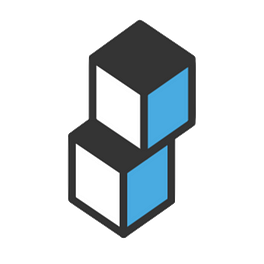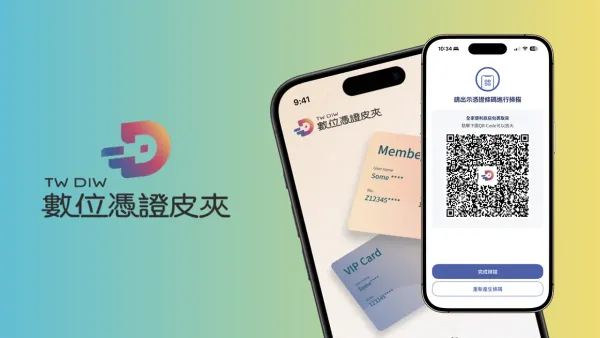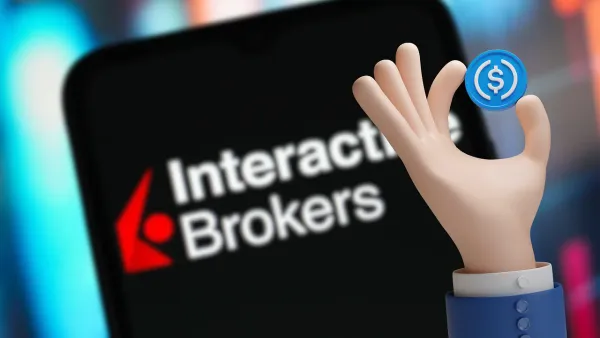Is the Best-Selling Blockchain Phone in History, the Solana Seeker, Really Worth It?
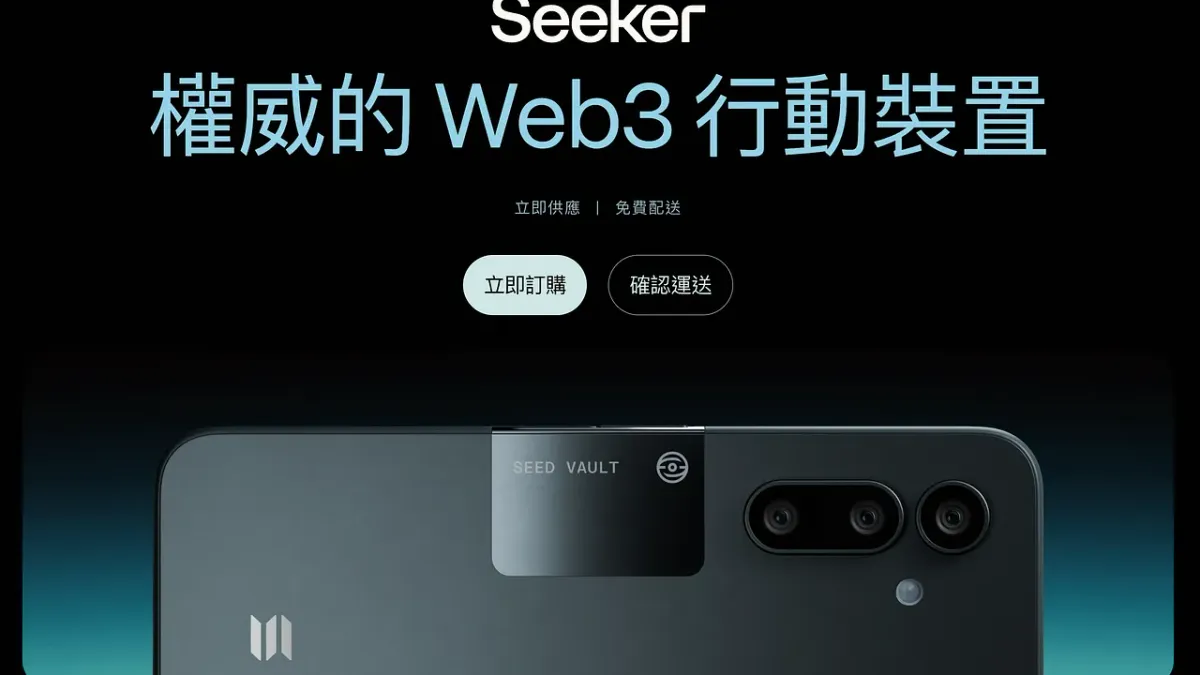
GM,
This Friday, there’s a Blocktrend-exclusive perk! In the last podcast episode, I chatted with Michael, the CEO of CoolBitX, about their new product CoolWallet Go. After the episode aired, some members asked if there could be a group deal. Here are the details: This Friday from 10:00 a.m. to 1:00 p.m., if you purchase a CoolWallet Go on the official website and enter the discount code blocktrend, you’ll get 21% off. This isn’t a paid promotion — I don’t receive any kickback — it’s simply a benefit I negotiated for everyone. And it’s not limited to Blocktrend members; anyone can use the discount code during the specified time. Now, back to the main topic.
Recently, Google launched its new Pixel 10 smartphone. In its ad campaign, it poked fun at the iPhone’s AI feature upgrade that was “promised for over a year but still hasn’t materialized,” urging consumers that instead of constantly redefining “coming soon,” they might as well just switch to a phone that already has AI.
Today’s main character, the Solana Seeker, generated more hype than even the iPhone — many consumers placed preorders a year and a half ago before the hardware specs were even announced. It went on to become the best-selling blockchain phone in history. This article unpacks what makes it so appealing and why, after delivery, reviews turned out to be overwhelmingly negative.
The Blockchain Phone
Lately, quite a few teenagers may have gotten a brand-new Android phone — because the Solana Seeker (hereafter referred to as Seeker), which their parents preordered a year and a half ago, has finally arrived. Why did parents preorder a phone so early only to hand it straight to their kids upon unboxing?
Because most buyers weren’t really after the phone itself, but rather the Seeker ID airdrop NFT bundled with it. It may sound like mockery, but that’s genuinely why so many “planned ahead” to buy it. So, what exactly is a blockchain phone?
The Seeker is the second-generation blockchain smartphone from Solana Mobile (a subsidiary of Solana Labs), following its predecessor, the Solana Saga. Two years ago, when YouTube mega-influencer MKBHD reviewed the Saga, his video title said it all: “This is a Crypto Phone. Don’t Buy It.”
I previously highlighted three key features 1 of Solana’s phones:
- Built-in Seed Vault hardware wallet
- Dapp Store — a decentralized app marketplace
- Solana Mobile Stack developer toolkit
These features directly address pain points for Web3 users. People buy hardware wallets because regular smartphones don’t provide adequate asset security. Mobile wallet apps like MetaMask encrypt private keys, but if the phone is compromised by malware, the data can still leak. A standalone hardware wallet closes that gap.
On top of that, many Web3 applications aren’t unwilling to build apps — they simply face barriers to distribution. The Apple App Store and Google Play enforce strict review policies² and hefty fees³ that clash with the logic of smart contracts and on-chain payments. Even the Chrome extension store isn’t entirely free.
Finally, if crypto payments worked as seamlessly as Apple Pay — double-tap to confirm — far fewer people would be complaining that “crypto is too hard to use.”
But solving these problems requires more than just adding a secure chip to a phone. The operating system must be modified to support it, and even the rules of the app store have to be rewritten. This isn’t just a technical challenge — it directly disrupts existing business models. With Apple and Google unlikely to embrace such changes anytime soon, Solana Mobile decided to roll up its sleeves and build a blockchain phone from scratch. The first-generation phone, however, turned out to be a tragedy.
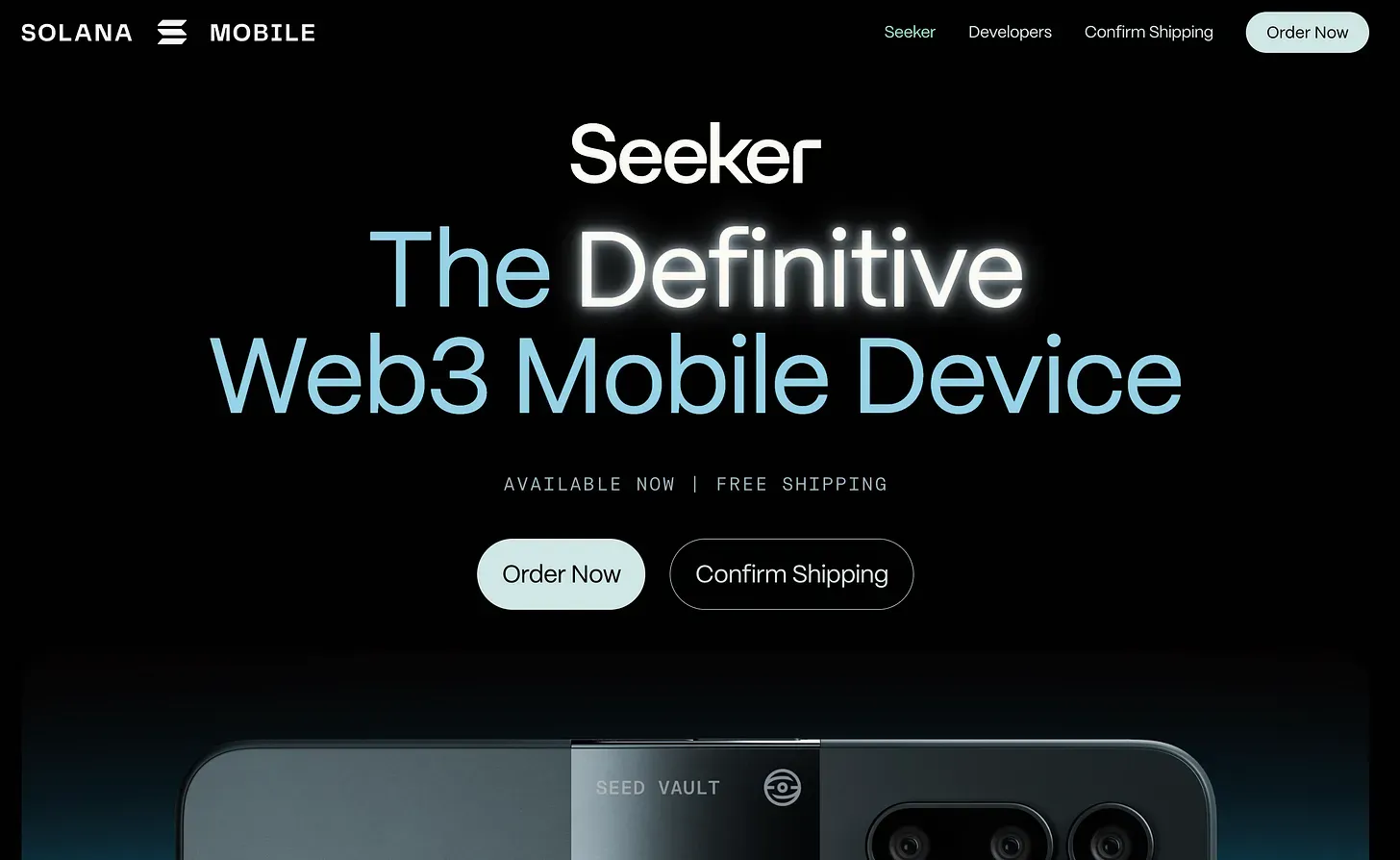
Resurrection
The Saga phone launched at a price of $1,000, positioning it in the mid-to-high-end range. While its design had a premium feel, the Saga used outdated, low-end components, making its specs unworthy of the price tag. Upon release, market reception was lukewarm—global sales amounted to fewer than 2,000 units in six months. Eventually, Solana slashed the price by 40%, clearing inventory at $599. Even then, buyers remained scarce—until a meme coin announced an airdrop.
The Shiba Inu–themed Solana ecosystem token BONK announced that every Saga owner could claim an airdrop of 30 million tokens through the app. With BONK prices soaring day after day—spiking over 120% just on the day of announcement—the math became irresistible: buying a Saga for $599 yielded BONK worth nearly $950.
In other words, not only was the phone essentially free, but buyers were profiting. Within just two days, Saga sales surged tenfold. Solana even had to impose a “one per household” limit. To make matters wilder, other Solana meme coins quickly followed suit with their own airdrops. Seeing an easy arbitrage, people rushed to scoop up the once-unsellable Saga until it sold out completely.
Seizing the moment, Solana Mobile capitalized on the airdrop craze before it faded, announcing preorders for its second-generation phone, the Seeker, this time priced even lower at $500. For those who had missed out on the Saga, this was a second chance—why not preorder and hope for another “buy a phone, get free cash” miracle?
That gamble pushed Seeker preorders to 150,000 units worldwide, making it the best-selling blockchain phone in history. After a year and a half of waiting, deliveries have finally begun. The first question on everyone’s mind: “Did it pay off?”
Websites that track Seeker owners’ airdrop earnings currently estimate the value at about $134—not nothing, but hardly life-changing. Beyond that, online reviews have been overwhelmingly negative. The Seeker has disappointed on both counts: it isn’t a great phone, nor does it deliver a strong Web3 experience.
Objectively speaking, the Seeker is just a low-to-mid-range Android phone with two added selling points: a hardware wallet and a decentralized app store. Unfortunately, both flagship features have let users down.
For hardware wallets, the most basic expectation is support for BTC, ETH, and multiple chains. But the Seeker’s wallet only supports the Solana chain. That’s like buying a tamagoyaki-shaped mini frying pan—useful only in very specific circumstances. A hardware wallet should be a safe for cross-chain assets, but the Seeker locked itself into a single ecosystem. Strange indeed.
As for the decentralized app store, Solana Mobile promoted it as a way to free developers from Apple and Google’s gatekeeping. But users testing it found that many so-called “apps” weren’t apps at all—just web shortcuts. Essentially indistinguishable from browser bookmarks, yet listed in the app store as if they were full applications. It felt more like puffery than progress, leaving the core problem unsolved.
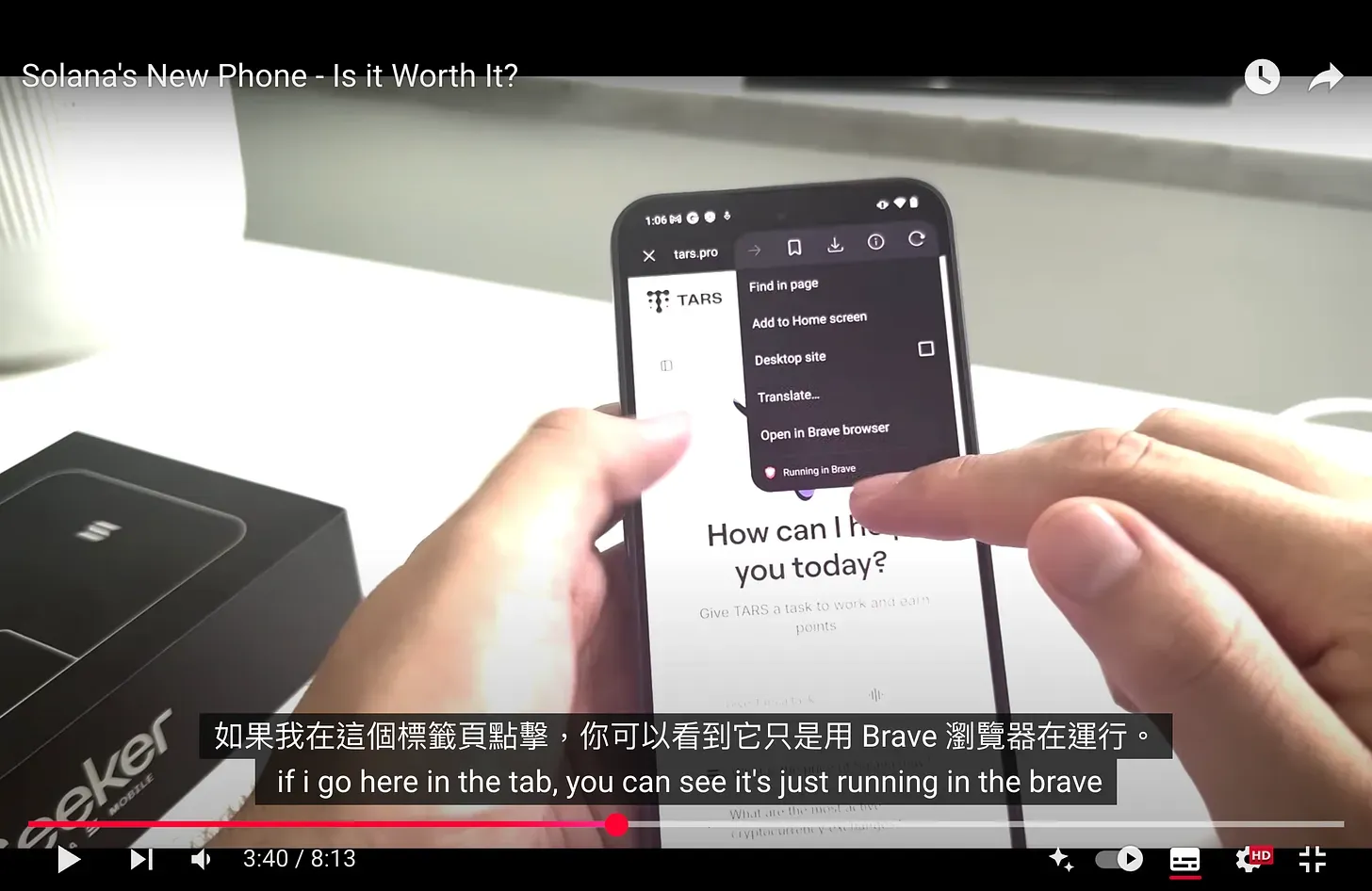
What’s worse, many apps can’t even detect the phone’s built-in hardware wallet. In the end, users still have to create a hot wallet, back up their seed phrase, and deal with the same security and convenience issues left unresolved.
The Seeker was already behind in hardware specs—its camera and performance fall short compared to similarly priced Pixel phones—and its hardware wallet is underwhelming. But what I disagree with the most is the set of values the Seeker conveys.
Two Worlds
In both its design and functionality, the Seeker embodies an ultimate vision of “two separate worlds.” To the development team, Web2 and Web3 must remain apart—hence the need for a “blockchain-only phone.” Even within Web3 itself, the divisions persist: the hardware wallet supports only Solana. It’s as if every chain needs its own dedicated phone—completely contrary to the blockchain ethos of decentralization, openness, and interoperability.
Solana Mobile began with the vision of delivering a “native Web3 experience.” Yet the actual product took the most closed-off approach possible, isolating itself on an island. Instead of becoming the flagship Web3 phone its website slogan promised, the Seeker turned into little more than a collector’s item for Solana loyalists.
It’s no wonder many buyers simply handed the phone over to their kids. As a daily smartphone, it fails; as a Web3 lifestyle device, it doesn’t deliver. Its only real value lies in the NFT airdrop admission ticket attached to it.
Carrying this phone in public is essentially broadcasting that you hold crypto. With recent reports abroad of kidnappings and attacks targeting crypto holders, most people prefer to stay discreet. No surprise, then, that the Seeker ended up as nothing more than a child’s gaming device. The Pixel sells AI, the iPhone sells ecosystem, and the Seeker? It sells nothing more than a get-rich dream.
